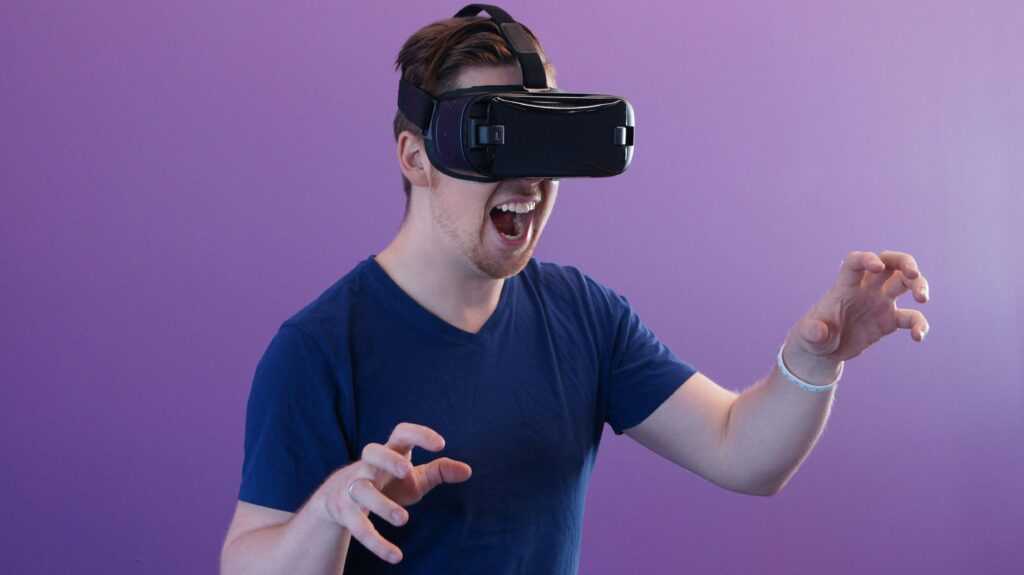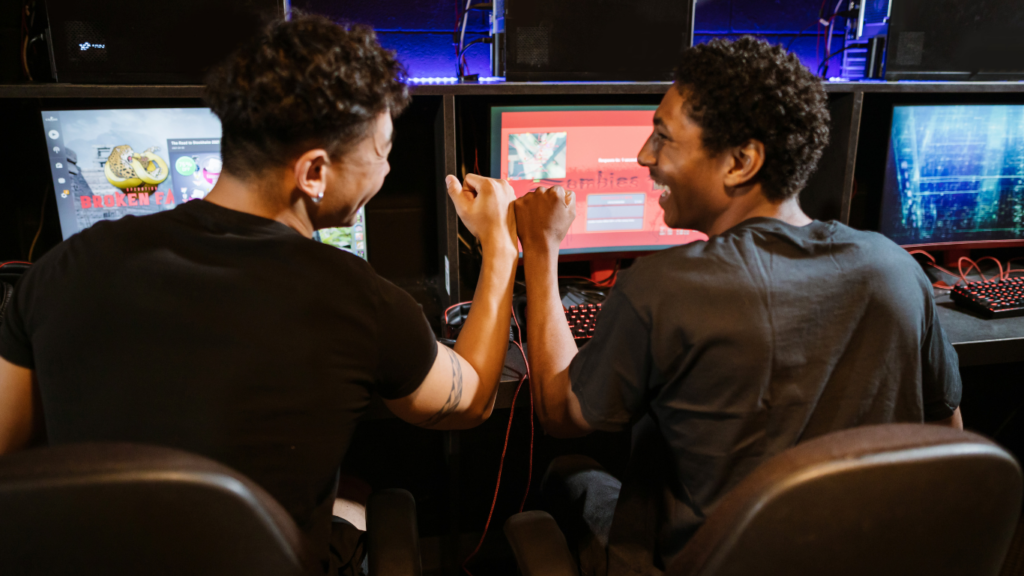Virtual Reality (VR) gaming has revolutionized the way we experience digital entertainment, offering immersive worlds and interactive experiences like never before. As the technology continues to advance, the focus on accessibility features in VR gaming has become increasingly important.
In this article, I’ll explore the progress made in incorporating accessibility features into VR gaming platforms and the challenges that still need to be addressed. From customizable controls to audio cues for visually impaired players, developers are making strides in ensuring that VR games are inclusive and enjoyable for all gamers.
However, despite these advancements, there are still barriers to overcome, such as motion sickness issues and the need for more comprehensive options for players with physical disabilities. By highlighting both the progress and challenges in implementing accessibility features in VR gaming, we can work towards a more inclusive and diverse gaming landscape.
Overview of Accessibility Features in VR Gaming
Discussing Accessibility Features in VR Gaming, I dive into the advancements and challenges within the industry. Virtual Reality (VR) gaming has revolutionized digital entertainment, offering users immersive experiences.
Accessibility features play a crucial role as technology progresses, ensuring inclusivity for all players. Developers have been proactive in integrating customizable controls and audio cues, particularly benefiting visually impaired gamers.
Despite these strides, issues like motion sickness and limited options for players with physical disabilities persist. Recognizing both progress and hurdles is vital to fostering a gaming environment that caters to diverse needs.
Progress in Implementing Accessibility Features
Implementing accessibility features in VR gaming has seen significant advancements in recent years. I’ll delve into the key areas where progress has been notable.
Improved Controller Customization
Enhancements in controller customization have been pivotal in making VR gaming more accessible. Players can now finely adjust controller settings to suit their unique needs, such as altering button layouts, sensitivity levels, and response times.
This flexibility empowers players with varying abilities to have a comfortable and personalized gaming experience.
Enhanced Audio Cues and Descriptions
The integration of enhanced audio cues and descriptions has been a game-changer for visually impaired players. By providing detailed auditory feedback and descriptive audio elements, developers have made virtual environments more navigable and engaging for those with visual impairments.
These features not only improve gameplay but also promote inclusivity within the VR gaming community.
Inclusive Game Design
Developers are increasingly focusing on inclusive game design to ensure that VR games are accessible to a diverse audience. From implementing color-blind modes to incorporating scalable difficulty levels, the emphasis on inclusivity has led to a more welcoming gaming environment.
By prioritizing inclusivity in game design, developers are breaking barriers and fostering a more inclusive gaming landscape.
Challenges Faced in Enhancing Accessibility
Exploring the realm of enhancing accessibility in VR gaming unveils a set of challenges that need innovative solutions to foster inclusivity effectively.
- Hardware Limitations: Adapting accessibility features to existing VR hardware poses a significant hurdle. It necessitates compatibility with various VR devices and controllers to ensure a seamless experience for all players.
- Software Integration Complexity: Integrating accessibility features into VR games requires intricate software development to guarantee smooth functioning across different platforms. It demands meticulous coding and testing procedures to maintain accessibility standards.
- User Experience Design: Balancing immersive gameplay with accessible design elements presents a challenge. Ensuring that accessibility features do not compromise the overall gaming experience requires a delicate equilibrium to meet diverse player needs effectively.
- Educational Barriers: Educating developers about the importance of accessibility features remains crucial. Bridging the gap in awareness and knowledge to prioritize inclusivity in game development is vital for overcoming accessibility challenges in VR gaming.
- Community Engagement: Fostering community support and feedback on accessibility features is essential. Establishing open communication channels to gather insights from players with varying abilities can aid in refining and enhancing accessibility options in VR games.
Navigating these challenges in enhancing accessibility features is fundamental to promoting a more inclusive gaming environment and empowering players of all abilities to engage in the immersive world of VR gaming.
Future Trends and Innovations
Exploring the future trends and innovations in accessibility features for VR gaming reveals exciting prospects for enhancing inclusivity in the virtual reality realm. As technology continues to evolve, developers are focusing on creative solutions to address accessibility challenges, making VR gaming more immersive and enjoyable for all players.
Gesture Recognition Technology
Leveraging advanced motion sensors and cameras, gesture recognition technology is poised to revolutionize how players interact with VR games. By accurately capturing hand movements and gestures, this technology can provide more intuitive and accessible control options for players with mobility limitations.
AI-driven Accessibility Features
The integration of artificial intelligence (AI) in VR gaming is expected to fuel the development of personalized accessibility features. AI algorithms can adapt gameplay elements in real-time based on a player’s unique abilities and preferences, offering tailored assistance to ensure an enjoyable gaming experience for all users.
Haptic Feedback Enhancements
The evolution of haptic feedback technology holds promise for enhancing the sensory experience in VR gaming. By delivering tactile feedback through controllers or wearable devices, players can receive sensory cues that enhance immersion and gameplay accessibility, particularly for visually impaired users.
Cross-Platform Compatibility
Future innovations in VR gaming aim to enhance cross-platform compatibility, enabling players to seamlessly transition between different devices and ecosystems. This interconnected approach not only promotes accessibility by allowing players to choose their preferred hardware but also fosters a more inclusive gaming community.
Community-Driven Accessibility Initiatives
Engaging the gaming community in co-creating accessibility features is a key trend for the future of VR gaming. By soliciting feedback, ideas, and suggestions from a diverse player base, developers can prioritize inclusivity and design features that cater to a wide range of abilities, ensuring that VR gaming remains accessible and enjoyable for everyone.
By embracing these future trends and innovations, the VR gaming industry can overcome existing challenges and pave the way for a more inclusive and accessible virtual reality landscape. Continued collaboration between developers, players, and advocates for accessibility will be essential in driving positive change and ensuring that VR gaming remains a platform where all gamers can participate and thrive.



